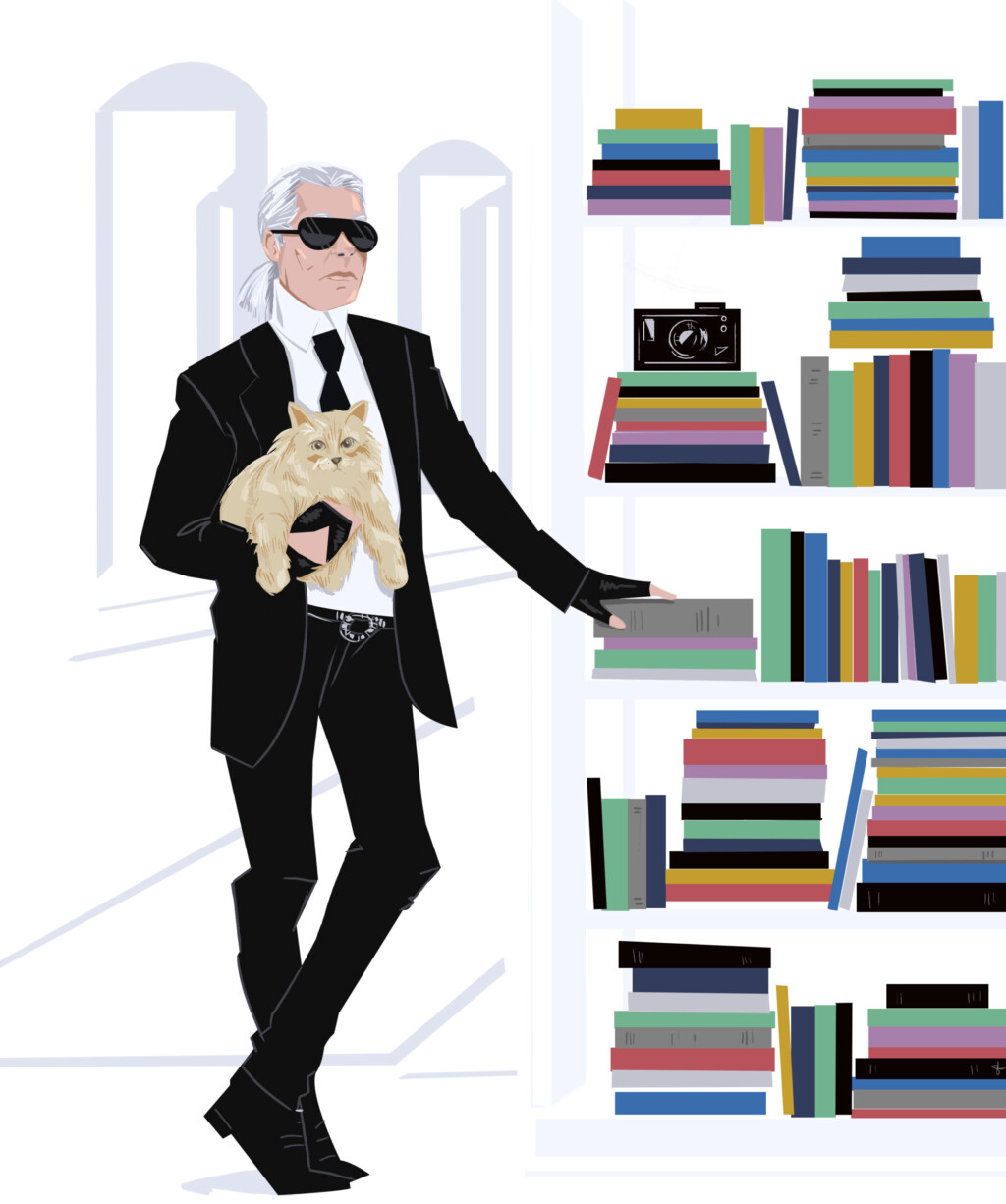If there’s one thing the fashion industry is good at, it is lionizing itself. Be it models, editors, photographers, or designers, it’s a well-oiled promotion machine. Even so, there are some figures that rise above breathless declarations of “iconic” or “legendary.” They loom so large that their image spills out into the real world — for better or worse.
You don’t have to follow fashion to know who Karl Lagerfeld is. Even if the name doesn’t ring a bell, his caricature-like image (a shock of white hair tied back into a ponytail, oversized sunglasses, and a stiff, high collar) is instantly recognizable. Since his death in 2019, numerous biographies have been published, including William Middleton’s Paradise Now, which was published by Harper-Collins in February. And, in May, the Metropolitan Museum of Art’s Costume Institute will present Karl Lagerfeld: A Line of Beauty, exploring his career. The show will feature 200 pieces of his work from as far back as 1950, as well as numerous sketches that detail his process. (Its corresponding gala, hosted by Penélope Cruz, Michaela Coel, Roger Federer, and Dua Lipa, will no doubt further showcase his wares.)
Ironically, Lagerfeld himself would have been against all this hullabaloo. “I’m not sure that Karl would approve of the exhibition,” Andrew Bolton, curator of the Costume Institute, said at a press conference announcing A Line of Beauty. “He never tired of telling me that fashion wasn’t art, and that fashion didn’t belong in a museum. And when we did our Chanel show in 2005, which was a conversation between Coco and Karl, he refused to visit, saying that he’d rather look forwards than backwards.”
If Lagerfeld himself wanted to move on, why can’t we?
Hype aside, his career was singularly influential, and objectively impressive. Over his 65-year tenure in fashion, he apprenticed under Pierre Balmain; he was the head honcho at Chloé, Fendi, and Chanel (the latter of which he is credited with saving from the brink of irrelevance); he launched his own eponymous label; and he had a flourishing side hustle as a fashion photographer. He never retired, juggling his Fendi, Chanel, and Lagerfeld gigs right up until his death.
At times, his work represented the worst of the fashion industry, flippantly appropriating from any number of cultures or religions. Among the general public, he may be better remembered for his cat, Choupette, allegedly inheriting part of his $200 million fortune, or for his penchant for speaking off the cuff. Lagerfeld was catnip for journalists: almost guaranteed to give a declarative opinion that ranged from wildly bitchy to downright offensive. In the wake of his death, a backlash grew against the tributes, calling out his decades of fatphobia, Islamophobia, and disdain for the #MeToo movement.
Whether one focuses on his accomplishments or his transgressions, he remains a cultural flashpoint. The conversation may swing between lauding and condemning, but it will go on. As the man himself once declared, “A sense of humor and a little lack of respect: that’s what you need to make a legend survive.”


